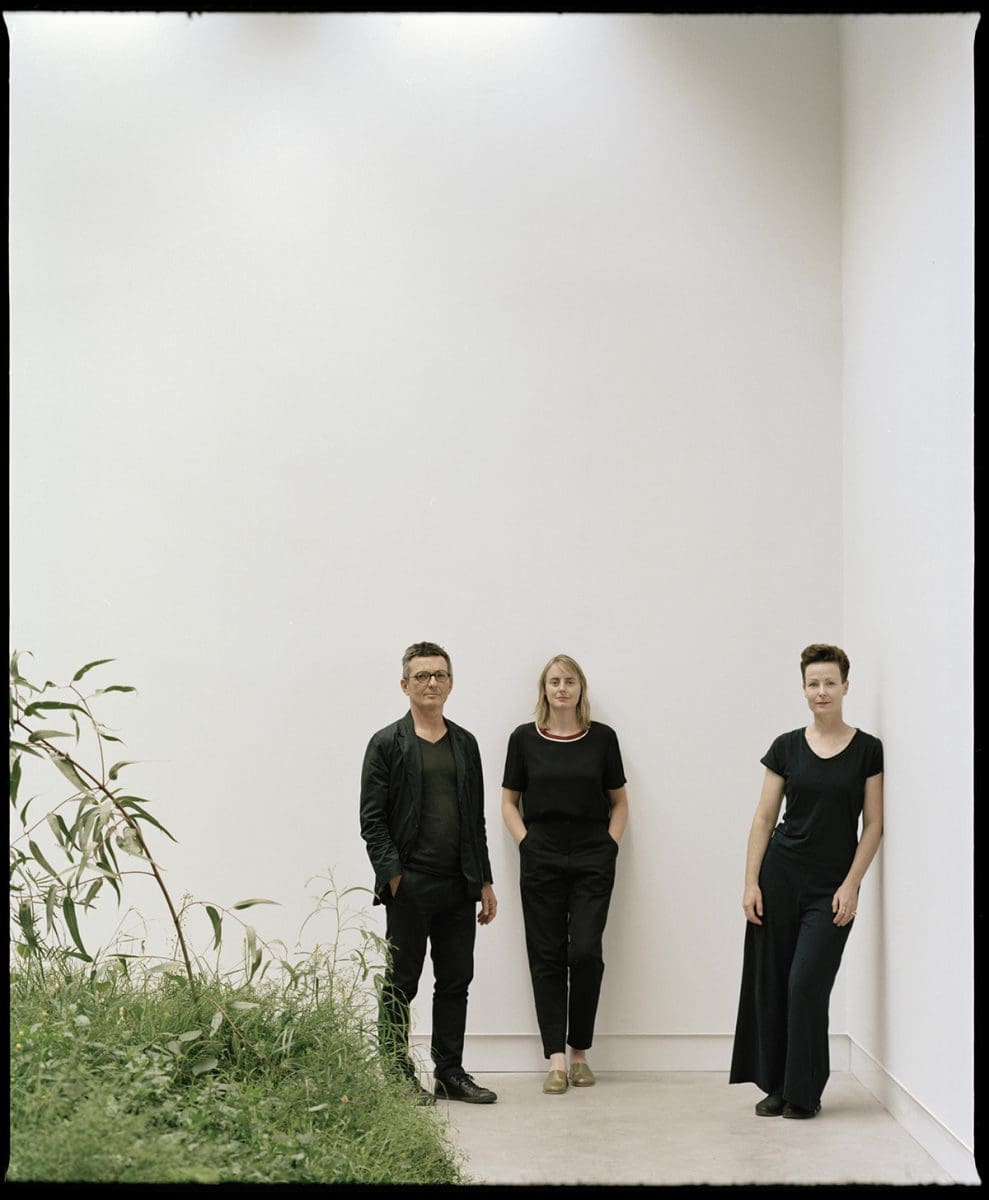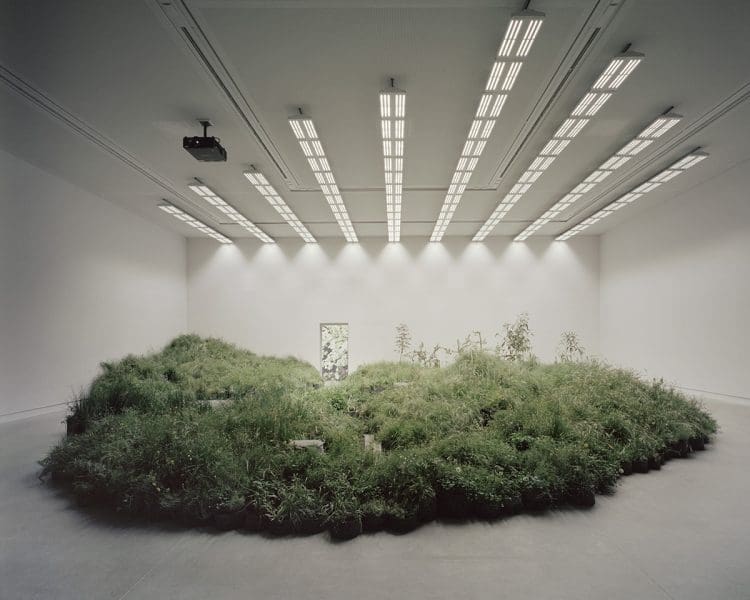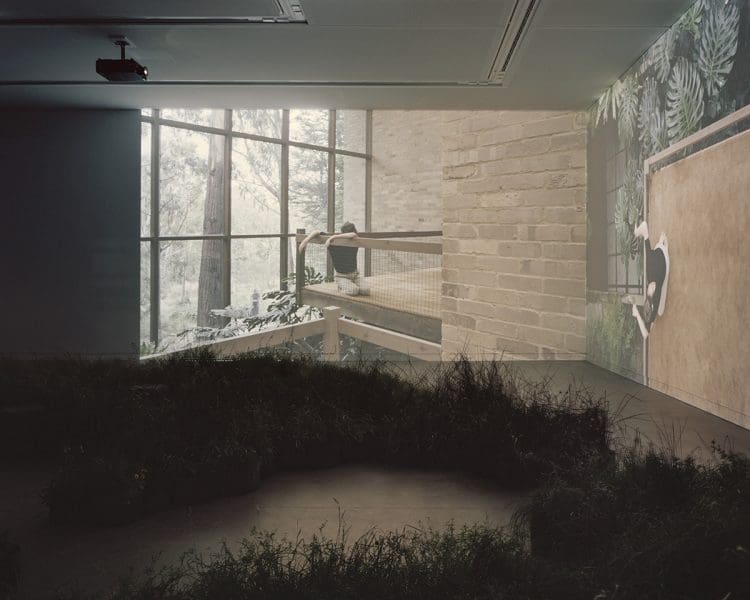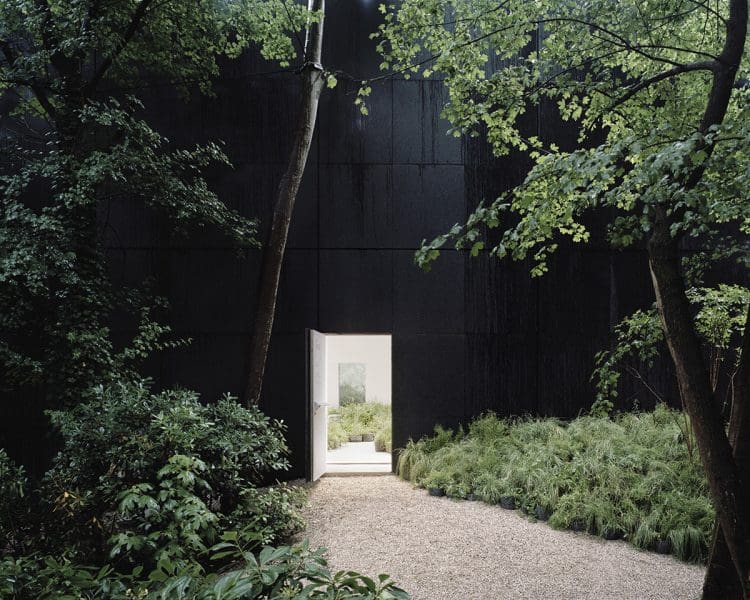
Making Space at the Table
NAP Contemporary’s group show, The Elephant Table, platforms six artists and voices—creating chaos, connection and conversation.






Melbourne-based artist Linda Tegg has joined forces with Baracco+Wright Architects as creative directors for the Australian pavilion in the 2018 Venice Architecture Biennale. The project, titled Repair, features thousands of native Australian grasses. Tracey Clement spoke with the artist while she was in Venice preparing for the grand opening in May.
Tracey Clement: So how did you, as an artist, become involved in the Venice Architecture Biennale?
Linda Tegg: Louise Wright, of Baracco+Wright, reached out to me when she was developing Repair. She had encountered a previous work of mine at the State Library of Victoria, Grasslands, 2014, and felt that it should somehow be part of the project.
Over a number of conversations it was clear that there was a lot of common ground between us, so we started to work together.
TC: Repair will fill the Australian Pavilion with some 10,000 plants from 60 native grassland species from Victoria. What is it about grasslands that interests you?
LT: I’m interested in how grasslands slide in and out of view.
I was curious as to what lived on the site prior to the library. Within the pictures collection I didn’t quite find what I was looking for, so I began looking into the backgrounds of colonial paintings. Within these worlds grasses are cast as ground for human use and expansion. I look for other ways of seeing and relating to grasslands.
TC: In 2017 you became the inaugural School of Geography Artist in Residence at the University of Melbourne, your tenure must be drawing to a close. What were the highlights for you?
LT: With the school of geography I made it to some places that I would never have found alone. For me it’s important to work with people in different fields. I’m interested in where the boundaries are placed, and what purpose they serve. I’m interested in alternative ways of seeing, and where that can lead.
TC: Tell me about some of the projects you worked on while you were at the School of Geography.
LT: Generally speaking, I was looking at practices of looking within the school. This way of working allowed me to engage with a wide range of research.
For example, I joined a field class to East Timor. We were a large group moving through the country. In this space of collective learning, I focused on the hands of the group.
And throughout my time at the School hands became increasingly interesting to me as a way of understanding more about the material practices of geographers.
In a moment where climate change is being communicated to us through immense data-sets, practices like recounting prehistoric weather by drilling into stalagmites or mollusc shells are far easier to believe than understand. During the residency I was able to attach myself to some of these processes and find ways of relating to, and representing, these immense shifts in scale. It helped me put climate models into perspective.
TC: You initially trained in photography and your current practice utilises photography, performance, video and installation. Does each of your ideas require a different method?
LT: Each work manifests through a particular mode of presentation. Viewing conditions continually change. I often bring direct experience into proximity with its representation.
TC: You also teach at Deakin University. How does teaching feed back into your practice?
LT: My favourite thing about teaching is being in contact with emerging artists. Teaching has also given me the opportunity to revisit processes with a view to teach them, rather than use them within my own work.
TC: You are in Venice now, how is it going? What you are most looking forward to?
LT: Everything has come together and the plants are settling into the space and looking happy.
After working intensely on this project for nearly a year, I’m very much looking forward to sharing it and seeing how it will change over time. It’s also nice to see the gallery attendants engaging with the plants and caring for them.
And now that we can start stepping back from the work, I’m looking forward to seeing the Biennale, to see what other people are thinking about.
Repair
The Australian Pavilion
Biennale Architettura 2018, Venice
26 May – 25 November